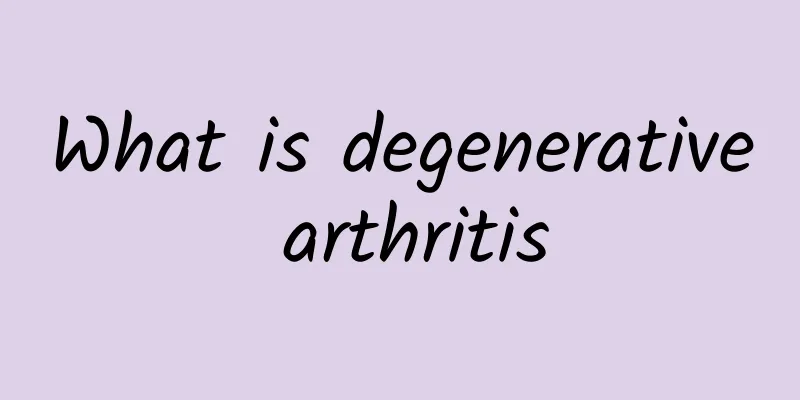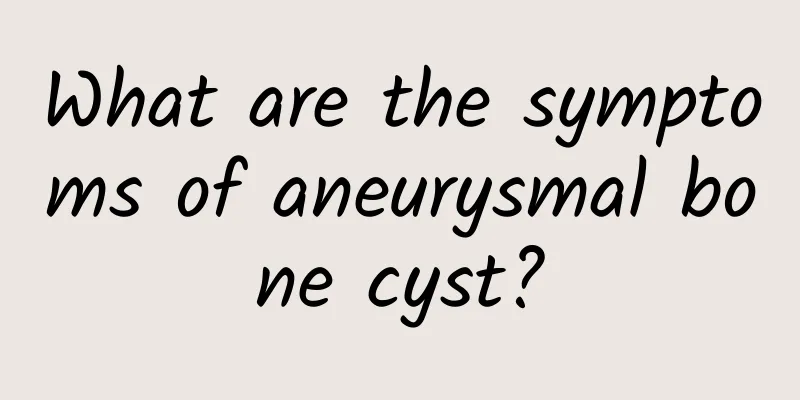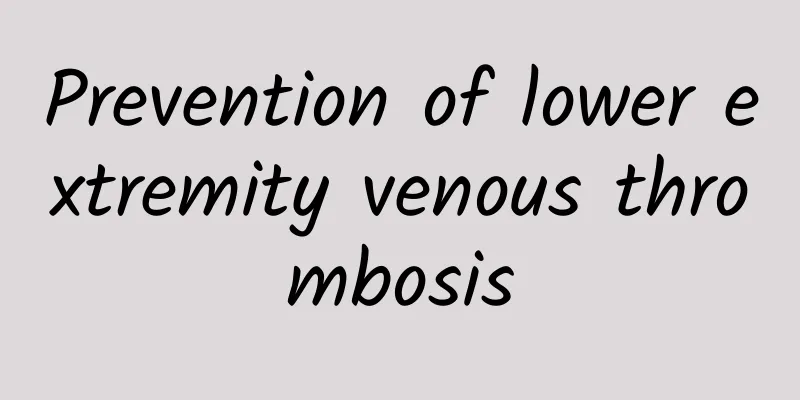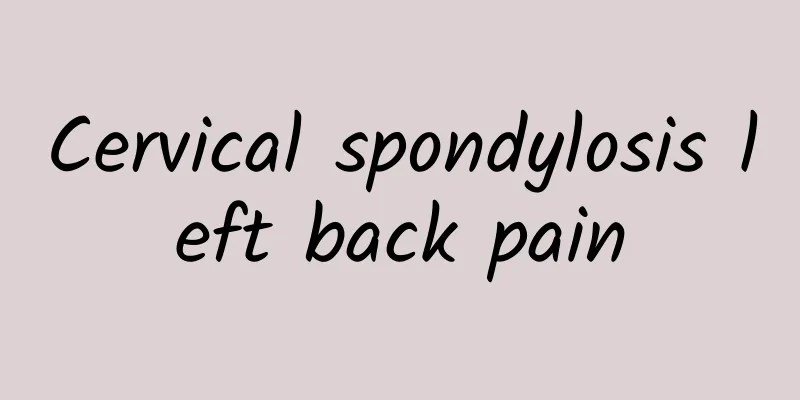What are the symptoms of tenosynovitis?
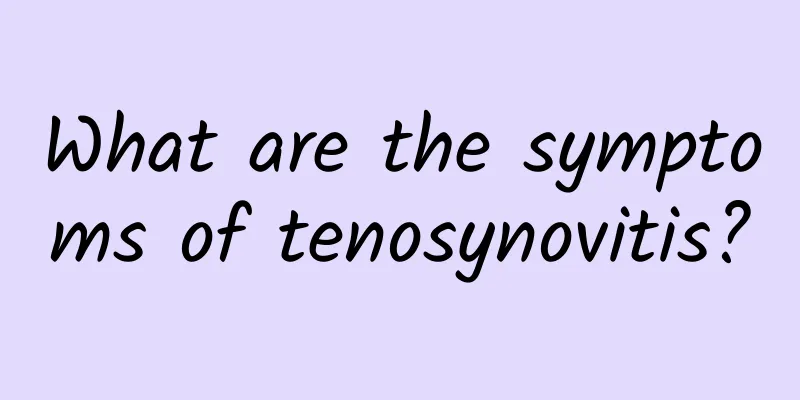
|
Tenosynovitis may sound a little strange, but in fact, it may happen quietly in our lives. Tenosynovitis mainly refers to the inflammation of the tendon sheath that wraps the tendon. The most common symptoms are pain and swelling in the wrists, fingers and other parts. Have you ever felt soreness in your wrists after overexerting yourself, or even unable to clench your fists? This is one of the typical manifestations of tenosynovitis. The symptoms of tenosynovitis usually start with mild discomfort and gradually develop into significant pain. Sometimes, the pain is concentrated in a specific location of the wrist or finger, especially when doing repetitive movements, such as typing, using a mobile phone, doing housework, etc. You may also find that your fingers feel stiff after getting up in the morning and need to move for a while before they can return to normal. This symptom is medically known as "morning stiffness" and is also a common manifestation of tenosynovitis. In addition to pain and stiffness, tenosynovitis may also cause limited movement of the fingers or wrists. For example, when you try to straighten your fingers or rotate your wrist, you may feel a sense of resistance or even hear a "click". This is because the inflamed tendon sheath creates friction as the tendon slides. Some people may even feel local swelling or heat, which are manifestations of inflammation. There are many causes of tenosynovitis, the most common of which are overuse and repetitive movements. It's like a rubber band that is constantly stretched and eventually loses its elasticity. Long-term incorrect postures and movements can also increase the risk of disease, such as looking down at your phone for a long time, or incorrect typing posture. For people whose occupations require frequent use of wrists and fingers, such as programmers, musicians, chefs, etc., the incidence of tenosynovitis is higher. If you suspect you have tenosynovitis, timely adjustments to your lifestyle are key. Reducing repetitive movements, using wrist braces, and doing appropriate hand stretching exercises can all help relieve symptoms. If the pain persists or worsens, it is recommended to see a doctor as soon as possible. The doctor may recommend physical therapy or medication. With scientific management and treatment, most people with tenosynovitis can return to normal life. I hope this article can help you better understand tenosynovitis and take effective measures to protect your hand health. |
<<: How much does gallstone surgery cost?
>>: How to prevent varicose veins
Recommend
What causes bone spurs in hand joints?
Bone spurs in the hand joints are usually caused ...
The most feared nemesis of perianal abscess
The biggest concern about perianal abscess is tha...
What is an abdominal aortic aneurysm stent?
Many patients do not understand the situation of ...
Is intestinal obstruction the only treatment option?
Intestinal obstruction does not necessarily requi...
Can I eat peppers if I have breast cysts?
Breast cysts can be eaten in moderation with chil...
When can I work after a minor fracture of the twelfth lumbar bone?
When can I work again after a minor fracture of t...
What are the causes of cystitis in men?
What are the causes of male cystitis? Cystitis is...
What medicine should children take for cerebral vasospasm
Children with cerebral vasospasm may need treatme...
Is hydronephrosis a serious or minor disease?
Hydronephrosis sounds scary, but is it a serious ...
What are the dietary treatments for breast cysts
Breast cysts can be treated with the help of food...
Can I eat oatmeal if I have breast cyst?
Breast cysts can usually be treated with moderate...
How to treat plantar bone spurs
Treatments for plantar bone spurs include medicat...
Comminuted fracture of patella
Patellar comminuted fracture, this sounds painful...
How to relieve pain from meniscus injury
For severe patients, arthroscopic surgery is requ...
What does Minocycline treat?
Minocycline is a broad-spectrum antibiotic used p...
